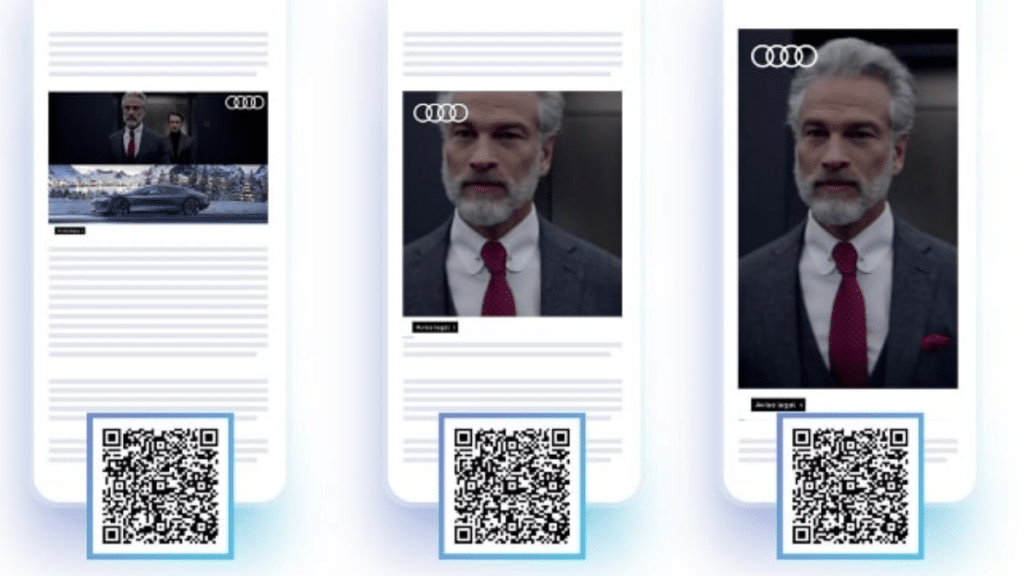Audi, with the help of its agency PHD Spain, compares the advertising effectiveness of the Cost per Completed View (CPCV) and CPM models in its Christmas campaign, Audi Grandsphere Concept.
In this campaign, Audi presents the public with a 100% electric and fully autonomous vehicle that becomes a space in which to enjoy different experiences beyond driving, such as relaxing or working.
The Audi campaign was launched on Teads in different inRead video sizes (square, portrait and landscape) through two buying models, one at CPM (Cost per 1,000 impressions) and one at CPCV (Cost per completed view).
In the CPM model, you are charged for all the impressions on which the video has been started. In the CPCV model, you are billed only for the number of views of the ad on screen during the agreed seconds. The latter model also differs from the CPV (Cost per view) model, where you pay for ad views, whether or not the ad has been on screen.
To measure the effectiveness of both models in terms of branding, a Brand lift study was carried out. The study analysed the advertising recall and favourability towards the Audi brand of those exposed to the campaign under the CPM model (impressions) versus those exposed under the CPCV model (full ad plays on screen). According to the results, the model with guaranteed on-screen playback increased brand recall by 60% compared to the CPM model, and increased favourability towards the Audi electric and hybrid range by 11%.
The qualitative CPCV model ensures that the ad is played while on screen and therefore logically significantly improves branding KPIs, as the user has spent enough time exposed to the ad on screen to have an impact on recall. This is not to say that it is the right model for all types of campaigns. Teads provides clients with different options and the advertiser chooses what they want to buy; impressions (CPM), views (CPV) or display views (CPCV) of the ad.
The model with on-screen playback guarantee increased brand recall by 60% compared to the CPM model.
For Santiago Oliete, CEO of Teads, “we are committed to a sustainable way of advertising, supporting the main publishing groups, without the need to interrupt the user’s browsing experience, with non-intrusive formats or forced viewing, and developing buying models that allow advertisers to achieve their KPIs without sacrificing a good advertising experience”.
For Edith Marzoa, Head of Audi Marketing, “the perfect combination of non-intrusive and innovative media and formats favours impact, advertising recall and user favourability towards the content, generating an impact on desirability and consideration.
For Anna March, Brand Lead at PHD, “we seek innovation with strategic partners to drive brand relevance in luxury audiences. Testing new buying methodologies, contexts and formats leads us to evolve towards more qualitative metrics that allow us to maximise the effectiveness of the messages”.
